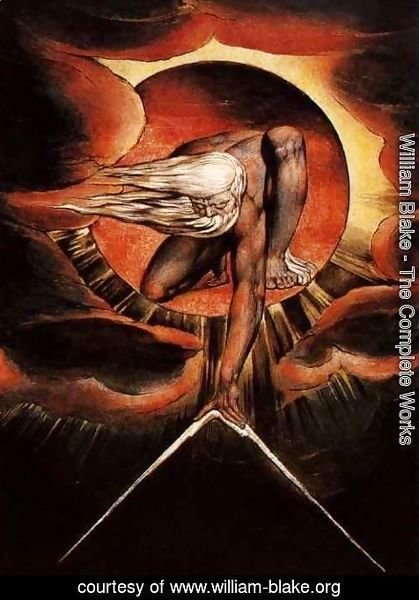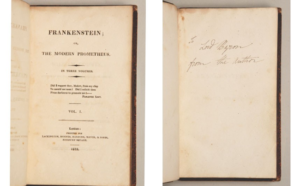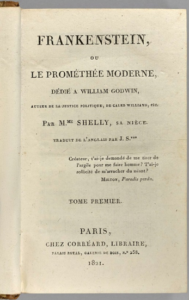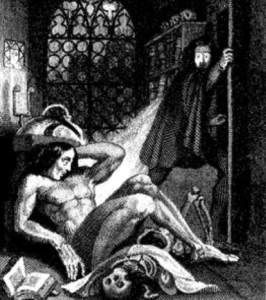Sheila Bautz
A Lifetime of Visions… Poetic Flow… Artistic Flare… Inventions… William Blake was a prolific Poetic Genius born in 1757 during the Industrial Revolution in Britain. He studied art as a child at the academy of Henry Pars followed by a seven year apprenticeship under James Basire. Shortly after his apprenticeship with Basire, in 1779, Blake began to experiment with improving the printing process and its techniques. (Bentley, 1981).









